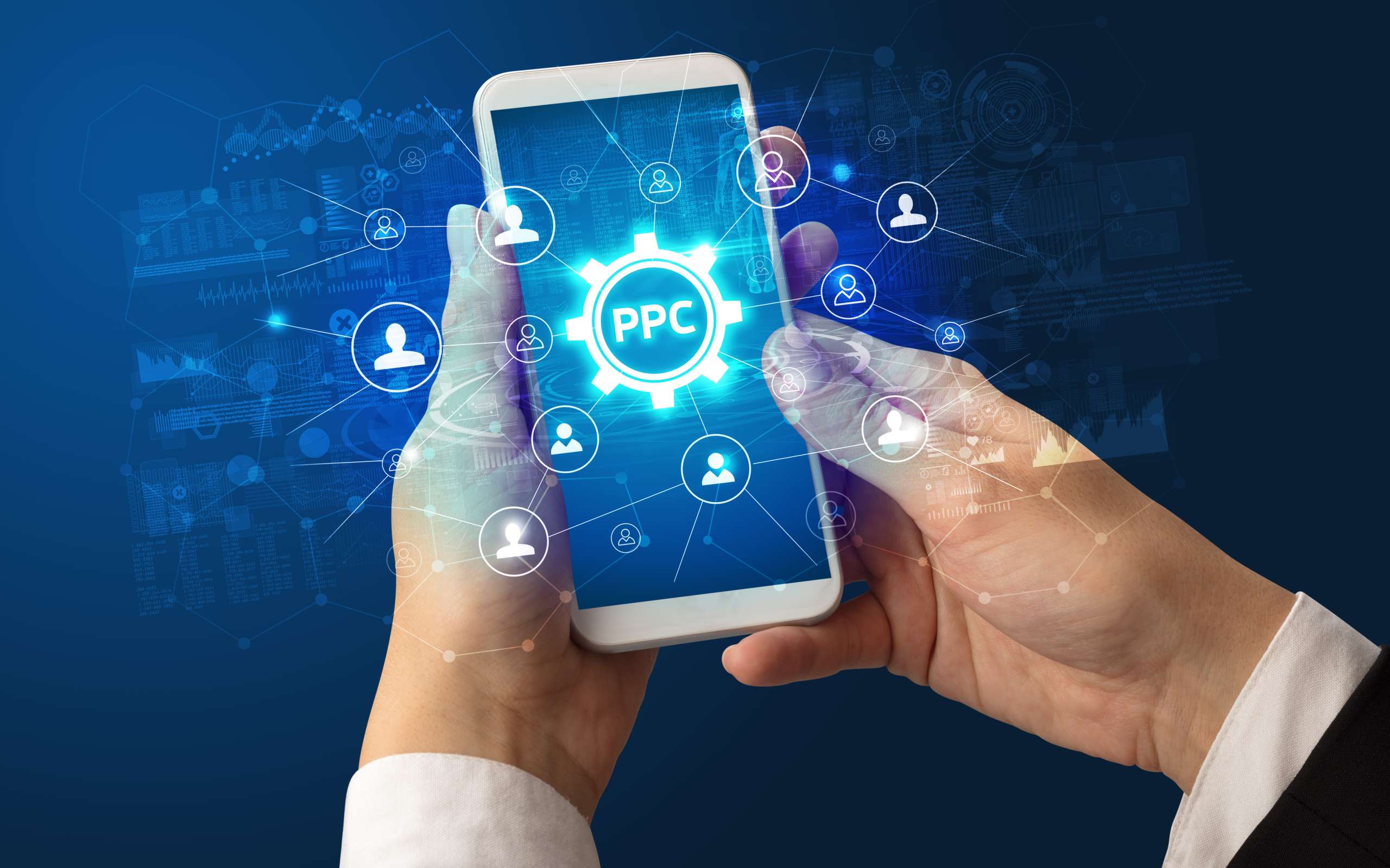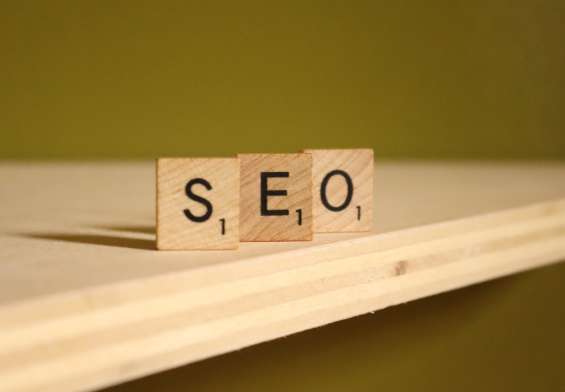In the dynamic and fast-paced world of digital marketing, the advent of PPC (Pay-Per-Click) automation has marked a significant milestone. As we step into 2024, the landscape of digital advertising continues to evolve, with PPC automation emerging as a pivotal element in crafting successful marketing strategies. This article aims to demystify the complexities of PPC automation tools and provide a detailed, step-by-step guide to setting up automated campaigns that are not only effective but also efficient in terms of time and resource management.
The realm of PPC advertising has always been challenging, demanding constant attention and fine-tuning. However, with the integration of advanced technologies such as AI-powered PPC automation and machine learning, the scenario has transformed dramatically. These innovations have opened up new avenues for marketers, allowing for more nuanced and intelligent campaign management. The focus has shifted from manual, labor-intensive processes to more strategic, automated approaches that promise higher returns and optimized performance.
Understanding PPC Automation
PPC automation stands as a transformative force in digital marketing, fundamentally redefining how pay-per-click campaigns are managed and optimized. At its core, PPC automation involves the use of advanced technologies, primarily AI and machine learning, to automate and enhance various aspects of PPC campaigns. This includes tasks like bid management, ad placements, and keyword research. The primary allure of PPC automation lies in its ability to streamline complex processes, making them more efficient and less time-consuming. By automating routine tasks, marketers can focus on more strategic aspects of their campaigns, such as creative content development and overall marketing strategy.
The integration of AI and machine learning in PPC automation tools has been a game-changer. These technologies bring a level of sophistication and intelligence to campaign management that was previously unattainable. AI-powered tools can analyze vast amounts of data, learn from campaign performance, and make predictive decisions to improve campaign outcomes. For instance, machine learning algorithms can optimize bidding strategies in real-time, adjusting bids for different keywords based on their likelihood to convert. This not only maximizes the ROI but also ensures that campaigns are targeting the most relevant audiences with precision.
The impact of PPC automation on campaign management is profound. It allows for real-time adjustments and data-driven decision-making, leading to more effective and efficient campaigns. Automated tools can monitor campaign performance around the clock, making adjustments as needed to optimize for the best results. This level of automation also opens up new possibilities for personalization at scale. Campaigns can be tailored to individual user behaviors and preferences, enhancing the relevance and effectiveness of ads. In essence, PPC automation empowers marketers to achieve higher levels of campaign performance with reduced manual effort, paving the way for more innovative and successful advertising strategies in the digital realm.
Step-by-Step Guide to Setting Up Automated PPC Campaigns
- Choosing the Right PPC Automation Tools: The journey begins with selecting the most suitable PPC automation tools. This decision is pivotal as it shapes the entire campaign structure. When evaluating tools, consider factors like compatibility with your existing digital infrastructure, the level of customer support offered, and the tool’s ability to integrate with other marketing platforms. For instance, some tools might offer exceptional capabilities in automating PPC ad scheduling or bid management, while others might excel in providing detailed analytics. It’s also wise to consider tools that offer a trial period, allowing you to test their features before fully committing.
- Setting Up Your Campaigns: With the right tool in hand, the next step is to set up your campaigns. This involves defining your campaign goals, which could range from increasing website traffic to boosting sales or lead generation. After establishing your goals, you’ll need to select your target audience. Modern PPC tools offer sophisticated targeting options based on demographics, interests, and online behaviors. Then, you’ll need to create your ad groups and select relevant keywords. Remember to use long-tail keywords for more specific targeting. The setup phase also involves writing compelling ad copy and designing engaging ad creatives that resonate with your target audience.
- Automating Bidding and Scheduling: Once your campaigns are set up, the next step is to automate the bidding and scheduling. This is where you set rules for how much you’re willing to pay for each click (CPC) and when your ads should be displayed. Many PPC tools use machine learning algorithms to optimize bids in real-time based on the likelihood of conversion. You can also set up ad schedules to ensure your ads are shown at times when your target audience is most active online. This not only maximizes the chances of engagement but also helps in efficient budget allocation.
- Allocating Budgets Smartly: Effective budget allocation is crucial for the success of any PPC campaign. Automated tools can help distribute your budget in a way that maximizes ROI. You can set up rules to allocate more budget to high-performing campaigns and reduce spending on underperforming ones. This dynamic allocation helps in capitalizing on successful strategies while minimizing losses on less effective ones. Additionally, some tools offer predictive budgeting features, using historical data to forecast future performance and suggest optimal budget distribution.
- Tracking and Measuring Campaign Performance: The final step in setting up automated PPC campaigns is establishing a robust system for tracking and measuring performance. This involves setting up conversion tracking and utilizing the analytics provided by your PPC tool. Regularly monitoring key performance indicators (KPIs) like click-through rates (CTR), conversion rates, and return on ad spend (ROAS) is essential. This data not only helps in measuring the success of your campaigns but also provides insights for future optimization. Adjusting your automation strategies based on performance data ensures that your campaigns continue to evolve and improve over time.
By following these steps, you can set up effective automated PPC campaigns that not only save time and resources but also drive significant results for your business. Remember, the world of PPC automation is constantly evolving, so staying updated with the latest trends and technologies is key to maintaining a competitive edge.
Advanced PPC Automation Strategies
As the digital marketing landscape becomes increasingly competitive, adopting advanced PPC automation strategies is essential for businesses looking to gain an edge. One such strategy is the integration of machine learning algorithms for predictive analysis. These algorithms can analyze historical data and user behavior to forecast future trends, enabling marketers to anticipate market shifts and adjust their campaigns proactively. For instance, by predicting seasonal fluctuations or consumer behavior changes, businesses can preemptively modify their bidding strategies and ad placements, ensuring they remain relevant and effective.
Another advanced strategy involves the use of AI to enhance personalization in PPC campaigns. AI-powered tools can analyze vast amounts of user data, including search patterns, browsing behavior, and purchase history, to create highly targeted ad campaigns. This level of personalization means that ads are not only more relevant to each individual user but also more likely to result in conversions. Furthermore, advanced automation tools can dynamically adjust ad content and creative elements in real-time based on user interaction, ensuring that the ads remain engaging and effective throughout the campaign lifecycle.
Lastly, an often-overlooked yet critical advanced strategy is the continuous testing and optimization of automated campaigns. While automation handles the heavy lifting of bid management and ad scheduling, human oversight in testing various elements of the campaign is vital. A/B testing different ad copies, landing pages, and call-to-action buttons, while letting the automation tools gather and analyze the results, can provide invaluable insights. These insights can then be used to refine and optimize the campaign further. This iterative process of testing and optimization ensures that the campaigns are not only automated but also continuously evolving and improving, driving better performance and higher ROI.
Common Mistakes in PPC Automation
One of the most prevalent mistakes in PPC automation is over-reliance on automated systems without adequate human oversight. While automation tools are incredibly efficient at handling repetitive tasks and data analysis, they lack the nuanced understanding that human judgment provides. This oversight becomes crucial in interpreting contextual subtleties and market nuances that automated systems might overlook. For instance, automation tools may not fully grasp brand tone or the subtleties of seasonal market shifts. Marketers need to regularly review automated campaign settings, keywords, and ad copy to ensure they align with the overall marketing strategy and brand voice.
Another common pitfall is the failure to properly set and monitor automation rules. Automation rules are the backbone of any automated PPC campaign, dictating how the campaign operates and reacts to different scenarios. However, if these rules are too rigid or not aligned with current market dynamics, they can lead to suboptimal campaign performance. For example, a rule that aggressively bids on certain keywords without considering their current relevance or performance can result in wasted ad spend. Similarly, neglecting to update automation rules in response to changes in consumer behavior or market conditions can render campaigns ineffective. It’s essential for marketers to regularly revisit and adjust these rules to ensure they remain effective and relevant.
A significant mistake is not leveraging the full potential of PPC automation tools for testing and optimization. Many marketers set up automated campaigns and then leave them running without much alteration, missing out on the opportunity to test different variables. Continuous testing and optimization are key components of successful PPC campaigns. This includes experimenting with different ad formats, targeting options, and bidding strategies to see what works best. Automation tools can provide valuable data and insights from these tests, but it’s up to the marketers to interpret this data and use it to refine their campaigns. By actively engaging in testing and optimization, marketers can significantly improve the performance of their PPC campaigns and achieve better ROI.
The Future of PPC Automation
As we look towards the future of PPC automation, it’s clear that the role of artificial intelligence and machine learning will become increasingly central. These technologies are set to evolve beyond just automating tasks, moving towards providing more insightful strategic recommendations. Future PPC tools are expected to offer deeper insights into consumer behavior, enabling marketers to predict not just when and where to place ads, but also to understand the underlying reasons why certain ads perform better than others. This level of insight will allow for more nuanced and effective campaigns that resonate deeply with target audiences.
Another large development in the future of PPC automation will be the integration of more sophisticated data analysis capabilities. As businesses collect more complex and voluminous data sets, PPC tools will need to evolve to handle this data more effectively. This means not only analyzing data at a faster rate but also being able to draw more accurate and actionable insights from it. We can expect to see automation tools that can seamlessly integrate with various data sources, providing a more holistic view of the customer journey. This integration will enable marketers to create highly personalized and targeted campaigns, significantly improving campaign effectiveness and ROI.
Furthermore, the future of PPC automation is likely to see a greater emphasis on ethical considerations and privacy compliance. With increasing scrutiny on data privacy and usage, PPC tools will need to be more transparent and compliant with global data protection regulations. This will involve developing new ways to target and personalize ads without compromising user privacy. Additionally, there will be a greater focus on ethical AI, ensuring that automated systems are fair, unbiased, and transparent in their operations.
Navigating the Future of PPC Automation: Key Takeaways and Final Thoughts
PPC automation in 2024 stands as a powerful tool for businesses seeking to optimize their digital advertising efforts. By understanding and effectively implementing PPC automation tools, businesses can save time and resources while achieving better campaign results. As the landscape of digital marketing continues to evolve, staying informed and adaptable will be key to leveraging the full potential of PPC automation.





